The Dallas Police Department’s (DPD) best efforts to respond to calls have been hindered by the alleged ransomware attack against the City of Dallas’ tech infrastructure earlier this month.
As previously reported by The Dallas Express, first responder operations were affected in the immediate wake of the alleged attack, with dispatch systems and lines of communication severely hampered.
A request for comment was sent to DPD, asking about the current state of the department’s response capabilities in light of the ongoing ransomware debacle.
Brian E. Martinez, a public information officer with the department, said in an emailed statement to The Dallas Express, “Response times are not currently affected by the outage.”
Still, DPD’s ability to efficiently respond to crime in the city was already hamstrung prior to the cyberattack, largely due to its significant shortage of sworn police officers. In tandem with rising calls for service, the deficit has led to alarming response times in Dallas.
While one of the consequences of the ransomware attack has apparently been an inability to log police response times and other crime-related statistics on the City’s public-facing dashboard, historical data from before the attack on May 3 appears to have been unaffected.
The City’s police response time data is organized around priority designations numbered 1-4, which dispatch uses to inform officers of the seriousness of any given call. P1 calls signify serious emergencies, like a mass shooting. P4 calls are at the other end of the spectrum, signaling “non-critical” incidents, like the burglary of a motor vehicle.
Response time averages for the first four months of 2023 paint a grim picture of public safety in Dallas.
P1 calls averaged a response time of 13.8 minutes, with only 50.7% of calls meeting DPD’s target goal of 8 minutes or less.
P2 calls averaged 91.1 minutes, shockingly longer than the goal of 12 minutes or less, with only 15.3% of call responses occurring within the target time.
P3 and P4 averages reached extremely troubling levels, averaging 565.4 minutes and 576.2 minutes, respectively. The target response time for P3 calls is 30 minutes or less. For P4 calls, it is one hour or less.
During those four months, the average time it took for police to respond to a call about random gunfire was 322.2 minutes — more than five hours. Year over year, that figure has shot up by almost 100%, with the same call averaging a response time of 161.6 minutes in the first four months of 2022.
“The primary driver increasing response times is an increase in Priority 1 and Priority 2 calls for service. These high-priority calls require more officers to respond to the scene. The increased number of officers needed for the higher priority calls decreases availability for low-priority calls, and longer wait times on those calls for service,” Martinez informed The Dallas Express.
According to the police response time dashboard, there has been a significant uptick in P1 and P2 calls, suggesting that crimes such as an attempted murder in progress, could be on the rise in Dallas.

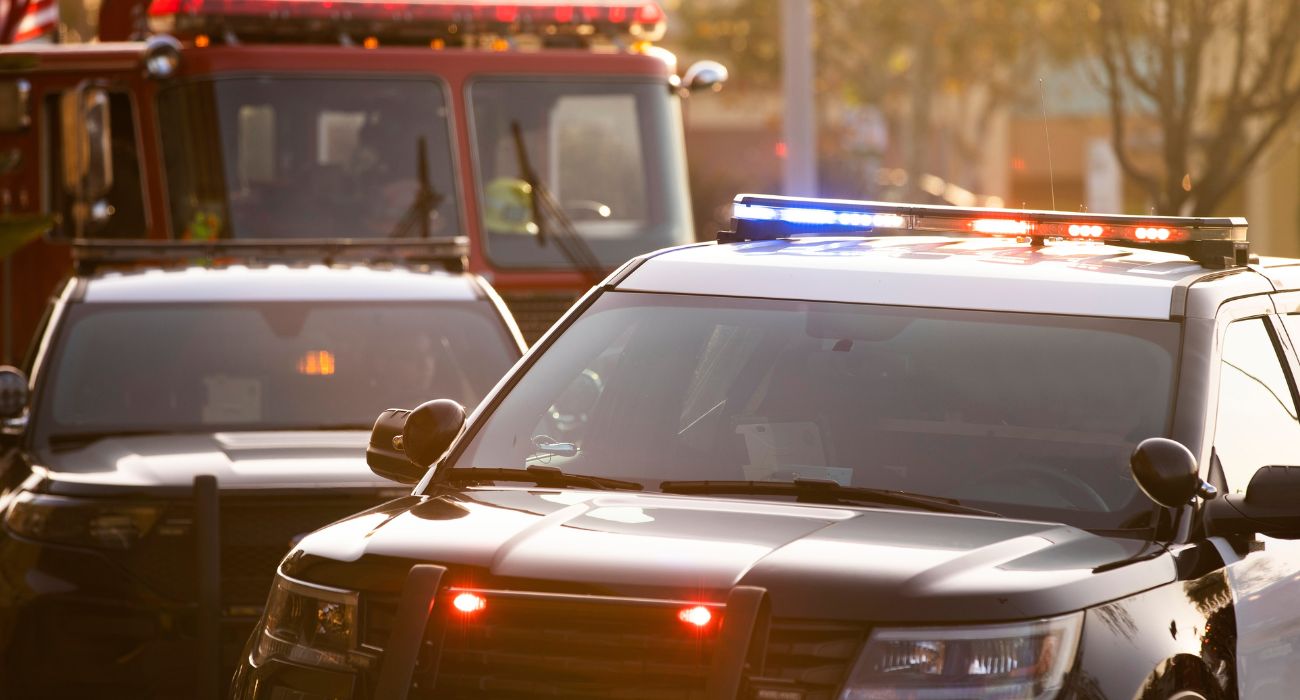

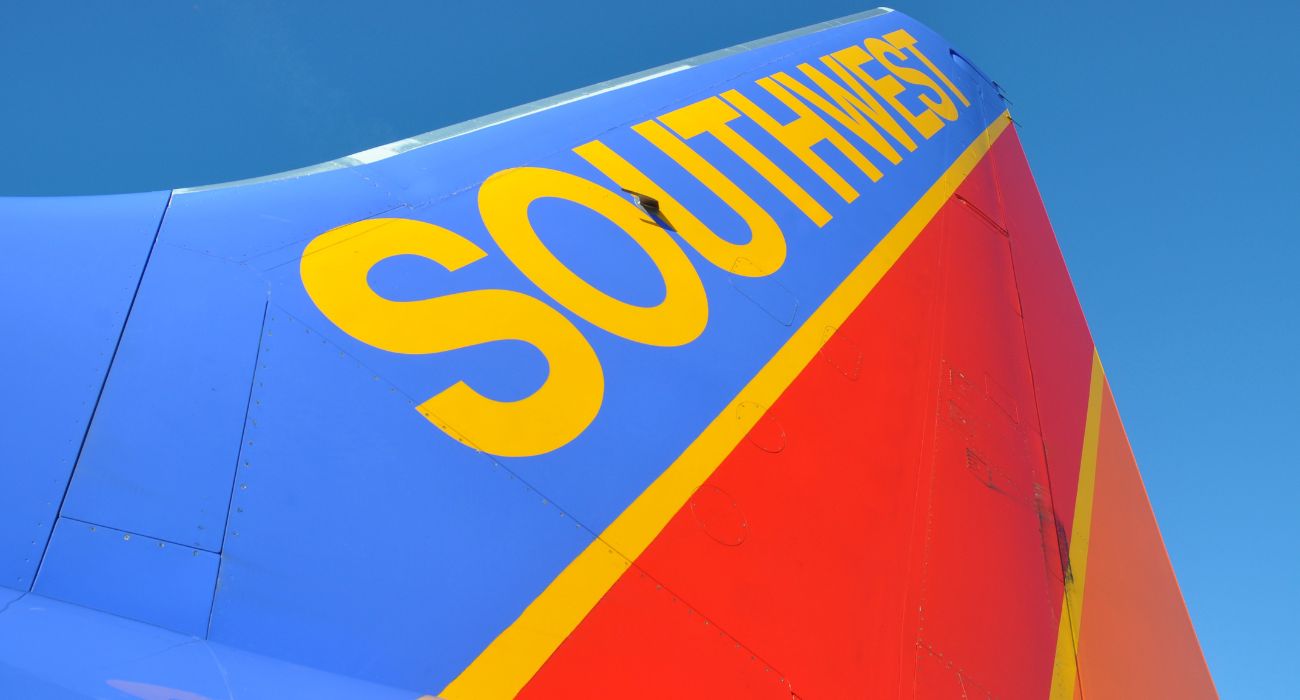
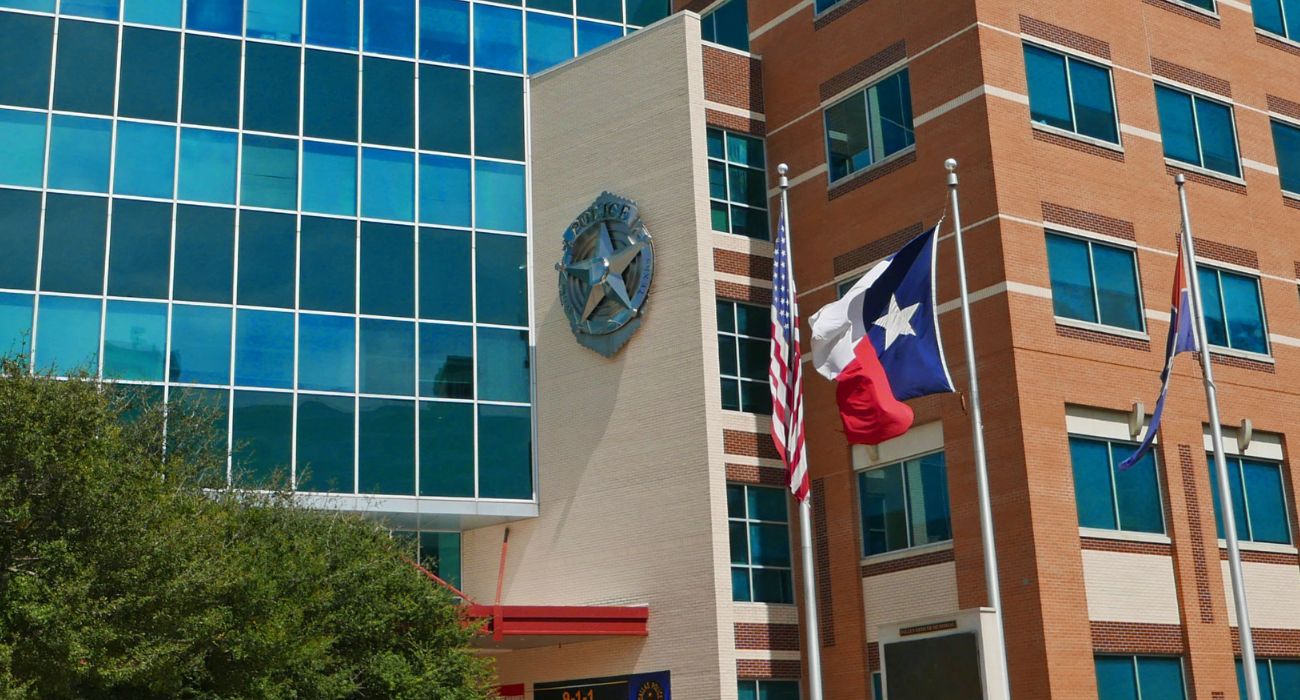
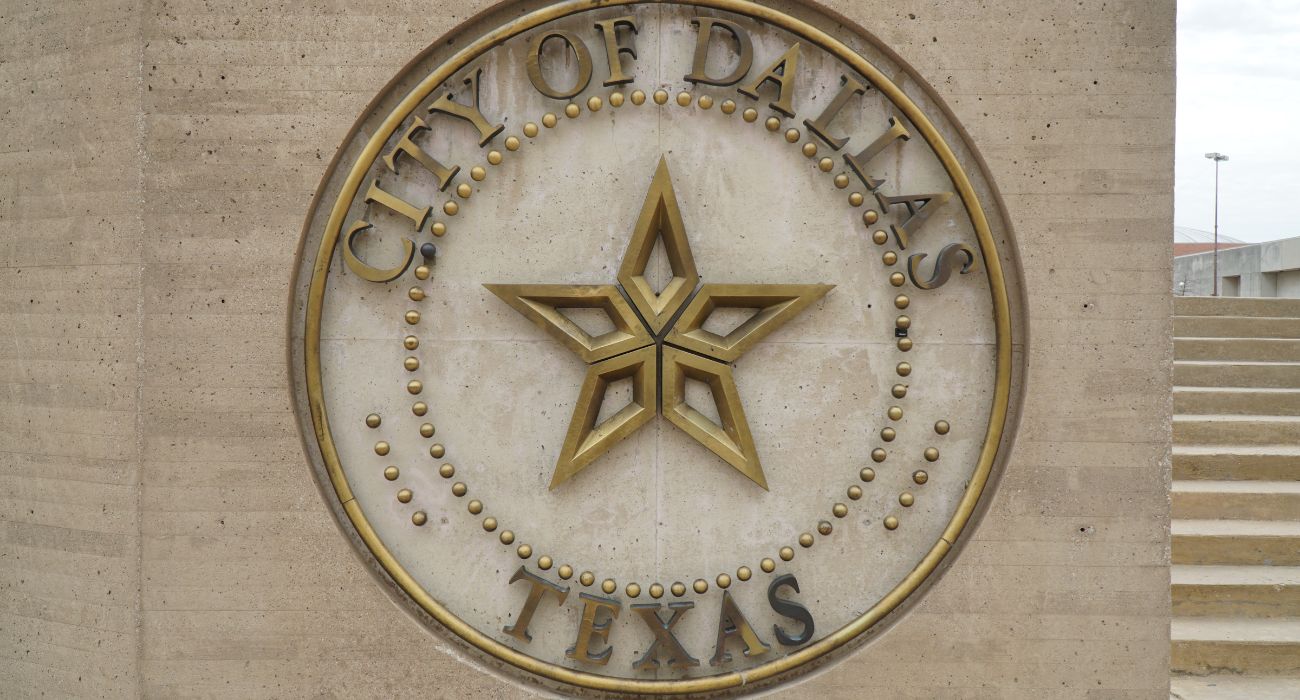
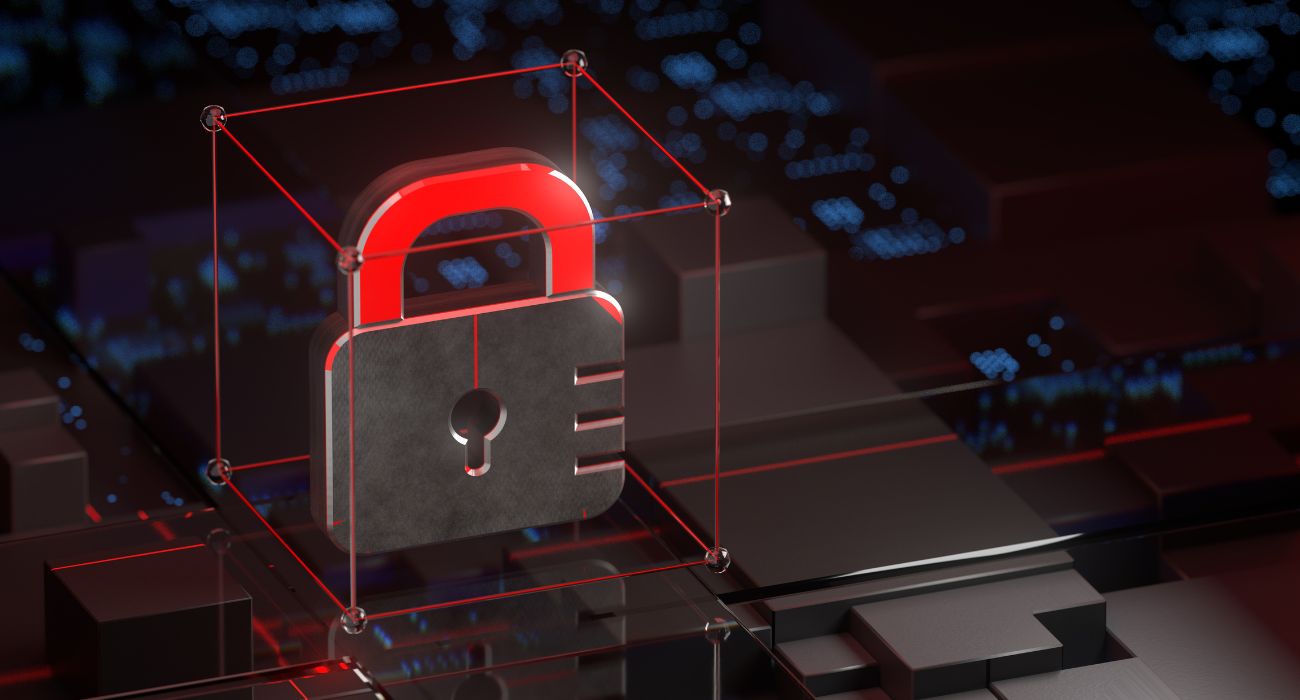
Trackbacks/Pingbacks